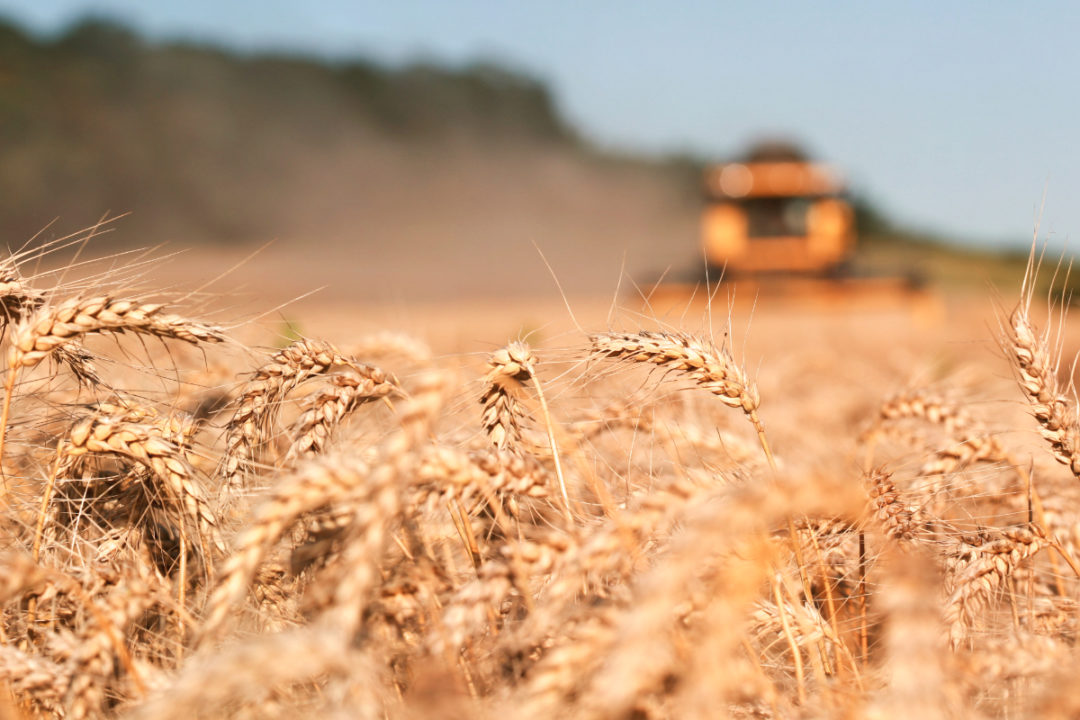



Article by: Hari Yellina
According to the latest Government projections, agricultural exports in Australia will achieve a historic $64.9 billion in 2022-23, but farming organisations are concerned that the data may not be as clear-cut as they appear. The newest Agricultural Commodities Report from ABARES estimates that the industry’s gross value will surpass $80 billion for the second year in a row, thanks to favourable climatic conditions and high global food prices. However, National Farmers’ Federation President Fiona Simson claims that these ‘positive’ figures do not tell the whole story and hide the true cost of the farming crisis affecting farmers and consumers, alerting that despite the bumper crop, many farmers were suffering from exorbitant production costs.
“The cost of fertiliser, fuel, and electricity is rocketing to the moon,” Ms Simson remarked. “Producers are facing the highest fertiliser prices since 2008, according to ABARES, as the global energy crisis takes its toll. All of this is exacerbated by the continuous personnel scarcity, which is placing a brake on output and will only get worse later in the year during the key harvest season.” Despite the hurdles, Ms Simson noted that today’s data showed the farm industry was on course to meet its aim of $100 billion in farm gate output by 2030. While not all of these challenges were under the government’s control, she said it was vital that the Albanese government, especially incoming Agriculture Minister Murray Watt, work together closely with the industry to limit the impact of the cost crunch.
“We addressed how we can work together on cost of farming challenges as we attempt to alleviate the flow-on affects to everyday Australians,” she added. “Another $80 billion year puts us on track to reach our objective of becoming a $100 billion business by 2030, but now is the moment to make sure we’re prepared for when seasons and markets inevitably change.” Food prices have been rising globally and are not likely to begin to ease until at least 2023, according to the Agricultural Commodities Report, and Australian producers will continue to face substantial problems over the next two years.
Although most Australian growers are projected to have ample supplies for the upcoming winter crop, world fertiliser costs are at their highest level since 2008, resulting in reduced use on all farm types. Energy prices are another underlying source of food inflation, which has contributed to higher fertiliser prices, and sanctions on Russia are indirectly contributing to food prices through higher energy costs. Another issue identified in the research was above-average rainfall in late summer and early autumn, which resulted in localised floods, weather damage, and harvest delays. It resulted in flooding and the loss of certain summer crops at a time when access to farm labour and imported machinery will continue to be difficult for many firms.
Continuous interruptions to global supply chains and shipping are projected to continue to pose a challenge to Australia’s exporters, but they are unlikely to limit exports much. Last month, a leading Australian stone fruit grower told FreshPlaza that there were improvements in values across all product lines during the summerfruit season, but that it wasn’t quite enough to meet the new production expenses. “With what we’re up against in terms of labour shortages and bringing in fertilizers/chemicals and other things,” he explained. “However, it’s encouraging that we were able to pass a portion of those expenses on to the consumer while still achieving the desired volume shift.” It didn’t cover the entire cost of production because we’re in a position where if we did, the consumer would most likely abandon us. So, it’s all about finding that sweet spot and concentrating on producing a good, clean, quality piece of fruit.”